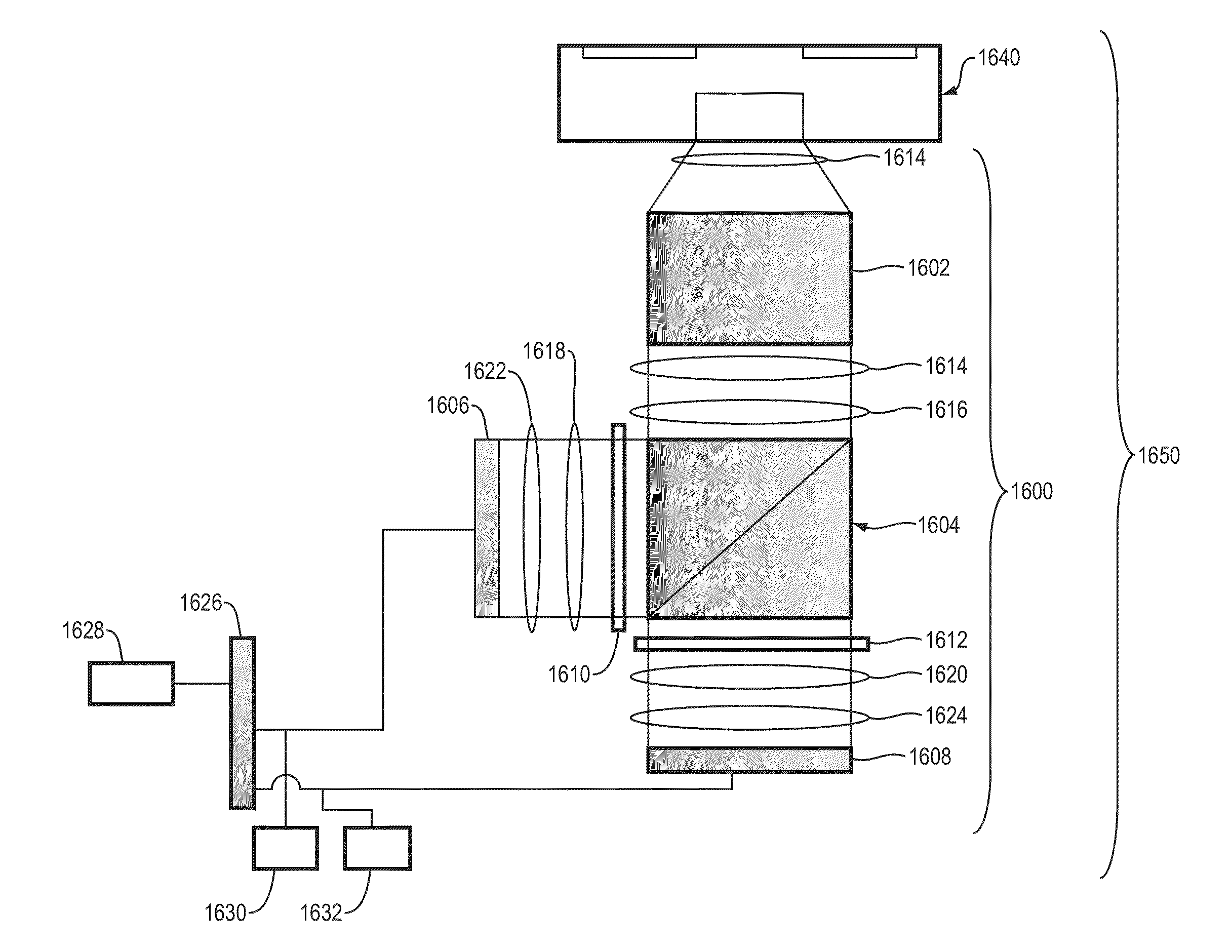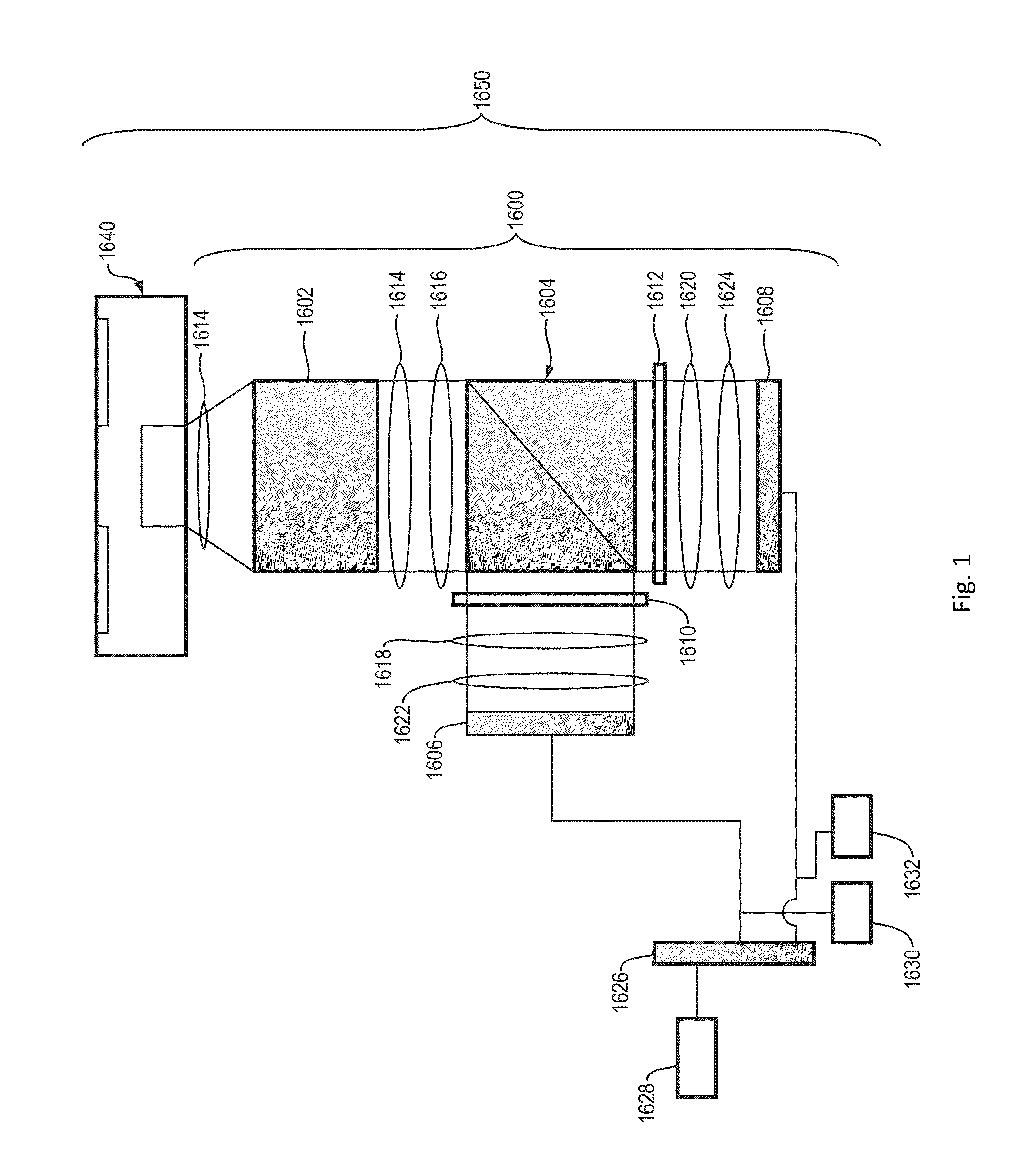Method and apparatus for stereoscopic imaging
a stereoscopic imaging and stereoscopic technology, applied in the field equipment, can solve the problems of low versatility of stereoscopic imaging methods, high cost, and work with still subjects
- Summary
- Abstract
- Description
- Claims
- Application Information
AI Technical Summary
Benefits of technology
Problems solved by technology
Method used
Image
Examples
Embodiment Construction
[0037]A description of example embodiments of the invention follows.
[0038]An example embodiment of the present invention is a device that utilizes color filters or polarization filters to generate two separate beams carrying two separate images of the same object taken from different perspectives. The two perspectives correspond to the human left and right eye perspectives. The two separate beams are directed into a single camera objective (a single shutter camera), resulting in a single image with 3D information encoded in the color or polarization. A significant advantage of such a design is that the same lens is used for each eye perspective, thus permitting to capture a stereoscopic image with a single-shutter image acquisition device. Another advantage is that the images are captured simultaneously and work for both static and moving subjects, allowing 3D video capture. The device can be an attachment to a conventional, i.e. single shutter image capturing device.
[0039]In the ex...
PUM
 Login to View More
Login to View More Abstract
Description
Claims
Application Information
 Login to View More
Login to View More - R&D
- Intellectual Property
- Life Sciences
- Materials
- Tech Scout
- Unparalleled Data Quality
- Higher Quality Content
- 60% Fewer Hallucinations
Browse by: Latest US Patents, China's latest patents, Technical Efficacy Thesaurus, Application Domain, Technology Topic, Popular Technical Reports.
© 2025 PatSnap. All rights reserved.Legal|Privacy policy|Modern Slavery Act Transparency Statement|Sitemap|About US| Contact US: help@patsnap.com



